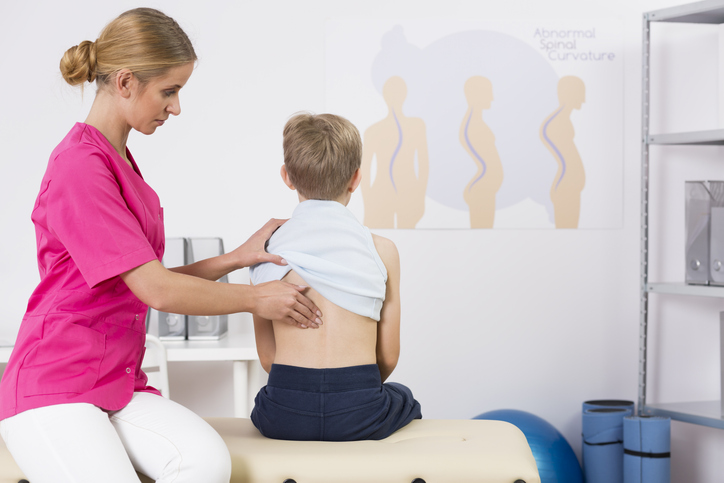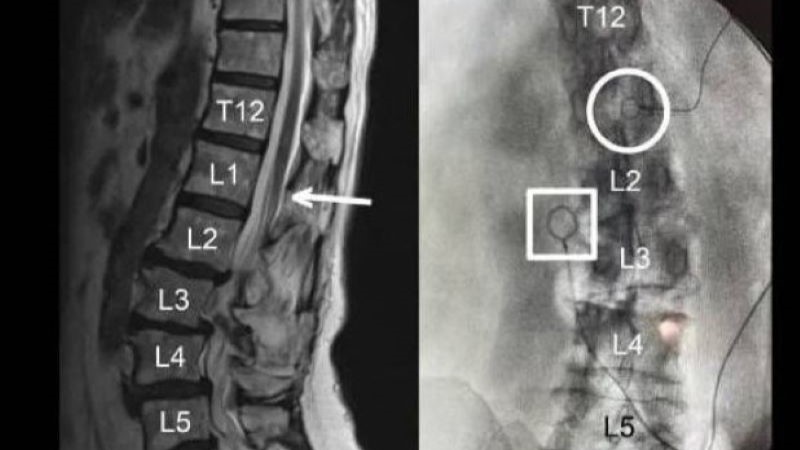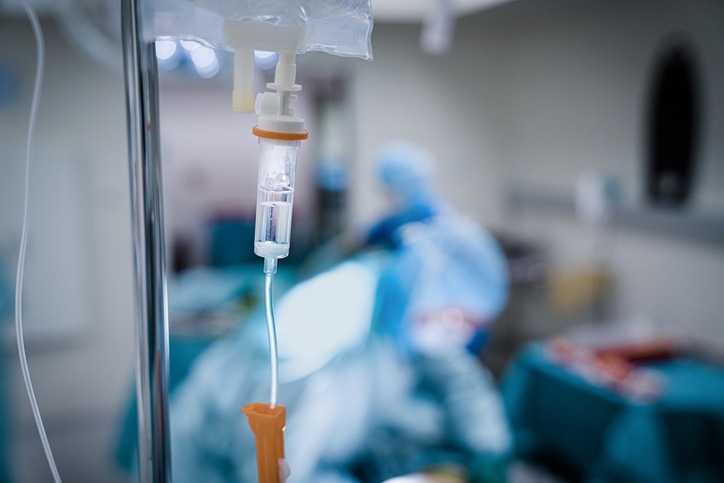
When performed by the right surgeon, partial knee replacement (PKR) may be equally as effective as total knee replacement (TKR) in patients with late-stage isolated medial compartment osteoarthritis, according to the findings of a recent randomized controlled trial.
“There is high variation in treatment choice [PKR vs. TKR] and little robust evidence to guide selection. The Total or Partial Knee Arthroplasty Trial (TOPKAT) therefore aims to assess the clinical effectiveness and cost-effectiveness of TKR versus PKR in patients with medial compartment osteoarthritis of the knee, and this represents an analysis of the main endpoints at 5 years,” according to the study authors, whose findings recently appeared in The Lancet.
The study was conducted at 27 sites in the UK. Patients with isolated osteoarthritis of the medial compartment of the knee were randomized 1:1 to receive PKR or TKR by an expert surgeon. The primary outcome was five-year Oxford Knee Score (OKS); cost outcomes were also considered.
Of 962 screened patients, 528 (55%) were randomized for the trial; 233 PKR patients and 231 TKR patients underwent surgery and were available for five-year follow-up.
Cost-effectiveness, Patient Outcomes
Both groups had a similar mean operation time (PKR, 69 min vs. TKR, 70 min), but mean length of hospital stay was longer in the TKR cohort (4.3 days) than the PKR patients (3.2 days).
“Patients in both groups had superior outcomes relative to their preoperative baseline status,” the researchers observed. “OKS had substantially changed in both groups: we found a mean change in OKS of more than 18 points for both procedures.”
OKS was not significantly different between the groups after five years (mean difference 1.04, 95% CI −0.42 to 2.50; P = 0.159). There were no significant differences in the other secondary outcomes after five years, including the American Knee Society Score; University of California, Los Angeles Activity Score; High Activity Arthroplasty Score; Lund Satisfaction Score; and frequency of complications. Patients also answered questions pertaining to satisfaction, knee problems before versus after surgery, and whether they would undergo the procedure again; these answers did not largely differ between the groups. However, the PKR patients had a significantly better EuroQol EQ-5D visual analog scale score compared to the TKR group (mean difference 1.04, 95% CI −0.42 to 2.50; P = 0.159).
Chief investigator professor David Beard, Rosetrees/Royal College of Surgeons Director of the Surgical Interventional Research Unit at the University of Oxford, said in a press release: “Despite many previous studies and considerable data, we have never had a sufficiently large randomized clinical trial to answer this important question. TOPKAT has now definitively shown us that both operations provide benefit and are worthwhile but, given the option, PKR is probably the implant of choice—providing sufficient expertise exists to implant it.”
Regarding costs, the authors wrote, “In our within-trial cost-effectiveness analysis, we found that PKR was more effective (0·240 additional [quality-adjusted life year {QALY}], 95% CI 0·046 to 0·434) and less expensive than TKR (−£910, 95% CI −1503 to −317) during the 5 years of follow-up. The probability that PKR was the most cost-effective option was more than 99·9% for all reasonable threshold values. … Even assuming equal costs of the implant device, PKR was less costly and more effective than TKR.”
Professor Beard noted that, when considering the outcomes, it is important to remember that expert surgeons performed the procedures: “An important caveat is that the surgeries in the trial were performed by well trained, experienced surgeons in both groups. If any recommendation to increase the use of PKR is made it will have to be accompanied by provision of adequate training and expertise for surgeons undertaking the technically more demanding PKR procedure.”







 © 2025 Mashup Media, LLC, a Formedics Property. All Rights Reserved.
© 2025 Mashup Media, LLC, a Formedics Property. All Rights Reserved.